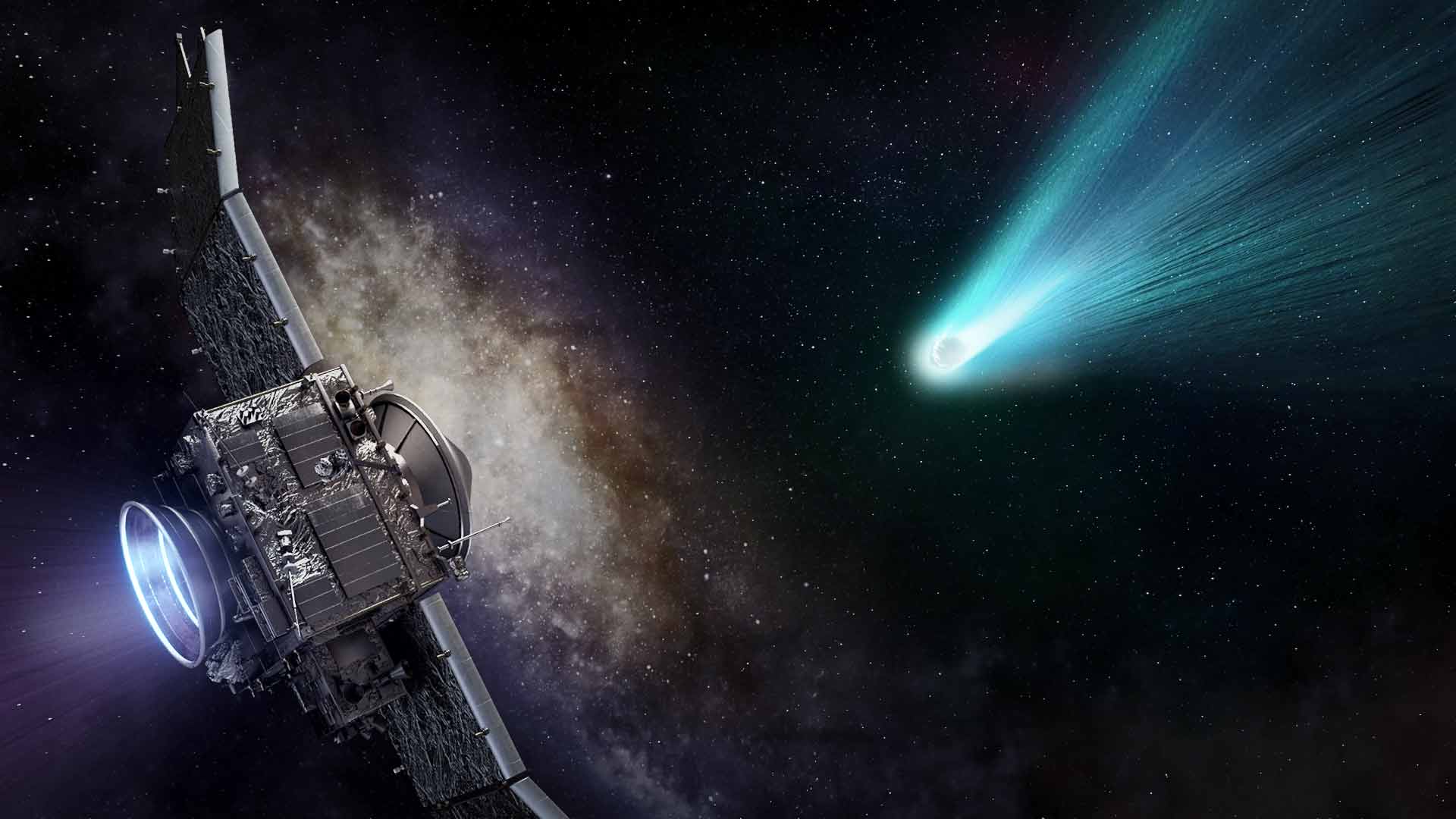Science Spotlight: Discover the research changing our understanding of the world

Science news breaks every day, but understanding its significance can be difficult. How is it changing how we live, or how we understand our world and our place in it? Live Science takes a deeper look at emerging science and gives you, our readers, the perspective you need on these advances.
Our stories highlight trends in different fields, how new research is changing old ideas, and how the picture of the world we live in is being transformed thanks to science. These are stories you'll find nowhere else, driven by writer's expertise and broad knowledge of the beats they cover.
Latest about science spotlight
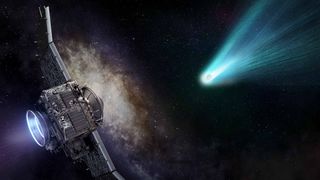
Interstellar comet 3I/ATLAS is rapidly moving away from us. Can we 'intercept' it before it leaves us forever?
By Harry Baker published
3I/ATLAS has passed its closest point to Earth, meaning we will soon lose sight of it for good. Some scientists want to send a spacecraft to chase down the alien comet — or the next interstellar object.

AI is solving 'impossible' math problems. Can it best the world's top mathematicians?
By Kit Yates published
AI is making gains in solving pure math problems. Can it crack the hardest problems in mathematics?

Earth's crust hides enough 'gold' hydrogen to power the world for tens of thousands of years, emerging research suggests
By Sascha Pare published
Reservoirs of hydrogen gas that form naturally in Earth's crust could help humans decarbonize. The challenge now is finding these accumulations and working out how best to mine them, experts say.
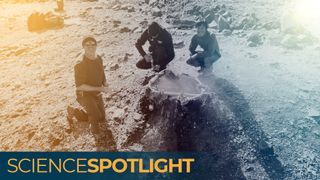
A huge helium shortage is looming — but ancient rocks in Earth's crust may be hiding massive reservoirs
By Sascha Pare published
For decades, helium has been produced with natural gas, generating huge carbon emissions. Now, geologists are looking for new helium sources — and finding enormous "carbon-free" reservoirs that could revolutionize the industry.
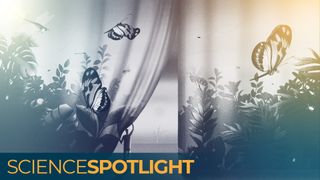
A looming 'insect apocalypse' could endanger global food supplies. Can we stop it before it's too late?
By Joanna Thompson published
Insect populations are in steep decline, which could endanger the food supply. But there are things we can do to reverse the trend.

Quantum computing will make cryptography obsolete. But computer scientists are working to make them unhackable.
By Joanna Thompson published
When quantum computers become commonplace, current cryptographic systems will become obsolete. Scientists are racing to get ahead of the problem and keep our data secure.
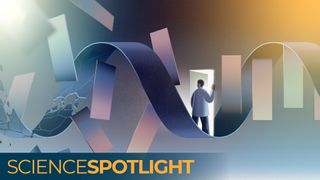
One molecule could usher revolutionary medicines for cancer, diabetes and genetic disease — but the US is turning its back on it
By Nicoletta Lanese published
The U.S. government is divesting from mRNA vaccines, but will other uses of the technology be spared? In a time of uncertainty, scientists worry that revolutionary treatments for cancer, immune dysfunction and genetic disease may be left on the lab bench.
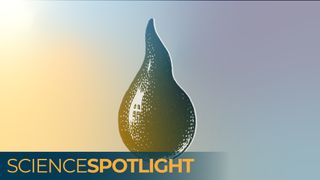
Could simple blood tests identify cancer earlier?
By Emily Cooke published
Blood tests that detect early cancer are coming to market. Could they lead to earlier diagnosis and treatment?
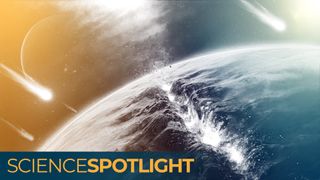
Plate tectonics may be why Earth has life — and the key to finding life elsewhere in the universe
By Stephanie Pappas published
Feature Emerging evidence suggests that plate tectonics, or the recycling of Earth's crust, may have begun much earlier than previously thought — and may be a big reason that our planet harbors life.
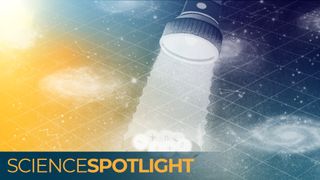
'Like trying to see fog in the dark': How strange pulses of energy are helping scientists build the ultimate map of the universe
By Perri Thaler published
Astronomers are using radio pulses from space to find missing baryonic matter and learn about supermassive black holes, stellar formation and galaxy evolution.
Get the world’s most fascinating discoveries delivered straight to your inbox.


